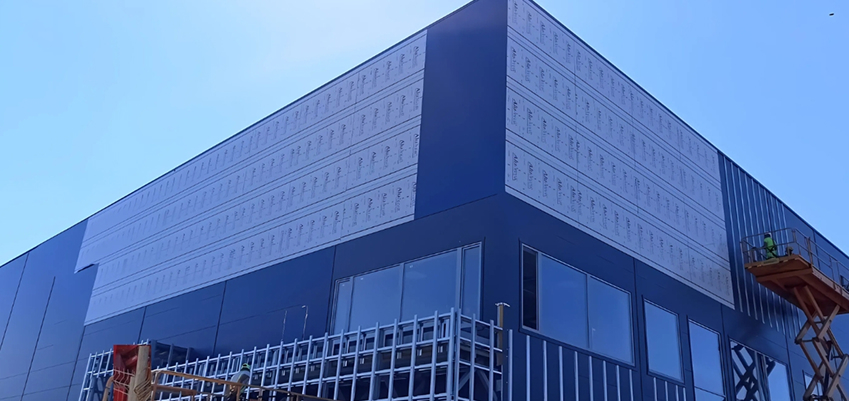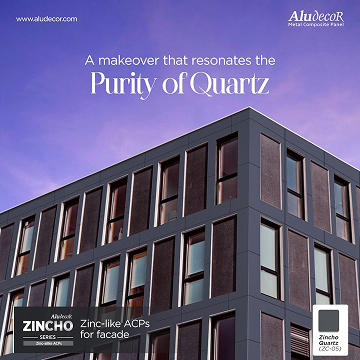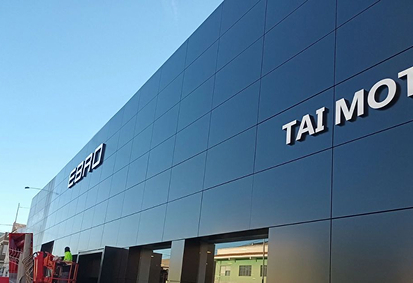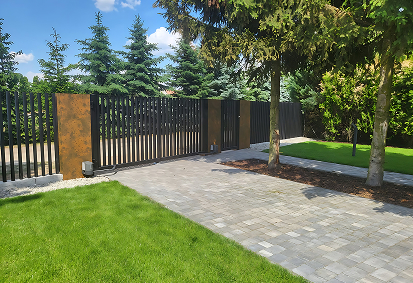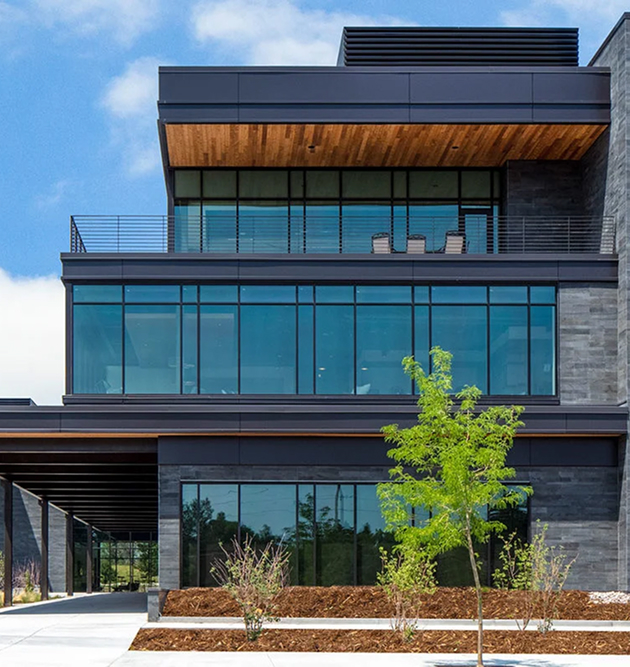As the demand for eco-friendly architecture continues to grow, builders and architects are prioritizing materials that offer both sustainability and high performance. Among the many options available, Aluminum Composite Panels (ACPs) stand out as one of the most effective solutions for sustainable building materials. Their combination of durability, energy efficiency, recyclability, and aesthetic versatility makes them an ideal choice for environmentally conscious construction.
But how exactly do Aluminum Composite Panels contribute to sustainable building practices? In this comprehensive guide, we will explore the role of ACM sustainability, its green construction materials benefits, and how it supports a more environmentally responsible future.
Understanding Aluminum Composite Panels (ACPs) in Green Construction
Aluminum Composite Panels (ACPs) are lightweight, durable, and multi-functional building materials used extensively in modern architecture. These panels consist of two thin aluminum sheets bonded to a non-aluminum core, creating a rigid yet lightweight structure that enhances both the visual appeal and energy efficiency of buildings.
The widespread use of ACPs in sustainable practices is driven by their low environmental impact, long lifespan, and ability to be recycled, making them a key element in eco-friendly architecture.
1. Recyclability: ACPs as a Sustainable Building Solution
One of the biggest advantages of Aluminum Composite Panels is their recyclability. Unlike many conventional building materials, ACPs are designed to be reused and repurposed, significantly reducing waste.
Aluminum: A 100% Recyclable Metal
Aluminum is infinitely recyclable without losing its quality. This makes Aluminum Composite Panels an excellent choice for sustainable building materials, as they can be recycled and reintroduced into the production cycle multiple times.
- Energy-Efficient Recycling Process: Recycling aluminum requires only 5% of the energy needed to produce primary aluminum, drastically reducing carbon emissions.
- Waste Reduction: Instead of contributing to landfills, end-of-life ACPs can be melted down and repurposed, reducing environmental impact.
Core Material Options for Enhanced Sustainability
Many Aluminum Composite Panels feature fire-retardant (FR) cores that contribute to energy efficiency and safety. Some modern ACPs use low-carbon, eco-friendly core materials, further improving their sustainability factor.
Why ACP Recyclability Matters
By integrating ACPs into green construction materials, architects and developers minimize environmental harm while promoting a circular economy that reduces raw material consumption.
2. Energy Efficiency: How ACPs Improve Building Performance
Sustainability is not just about recyclability; it also involves reducing a building’s energy consumption. Aluminum Composite Panels play a crucial role in energy-efficient construction by improving insulation and optimizing temperature control.
Thermal Insulation for Reduced Energy Use
ACPs act as a thermal barrier, preventing heat gain in summer and heat loss in winter. This reduces dependence on HVAC systems, leading to:
- Lower Energy Bills for building owners
- Reduced Carbon Footprint through decreased energy consumption
- Better Indoor Comfort due to stable temperature regulation
Reflective Properties for Solar Efficiency
Certain ACP coatings and finishes have high solar reflectance (SR) values, meaning they reflect sunlight instead of absorbing it. This helps to:
- Reduce urban heat island effects in cities
- Improve building cooling efficiency, especially in hot climates
- Enhance LEED certification potential for energy-conscious projects
Sustainable Cladding for Net-Zero Energy Buildings
As net-zero energy buildings (NZEBs) gain traction, ACP facades are increasingly used to optimize building envelope performance. By reducing energy demands, ACPs contribute to carbon-neutral building goals.
3. ACPs vs. Traditional Cladding: A Green Building Comparison
To understand how Aluminum Composite Panels contribute to sustainable practices, let’s compare them to traditional cladding materials such as wood, concrete, and steel.
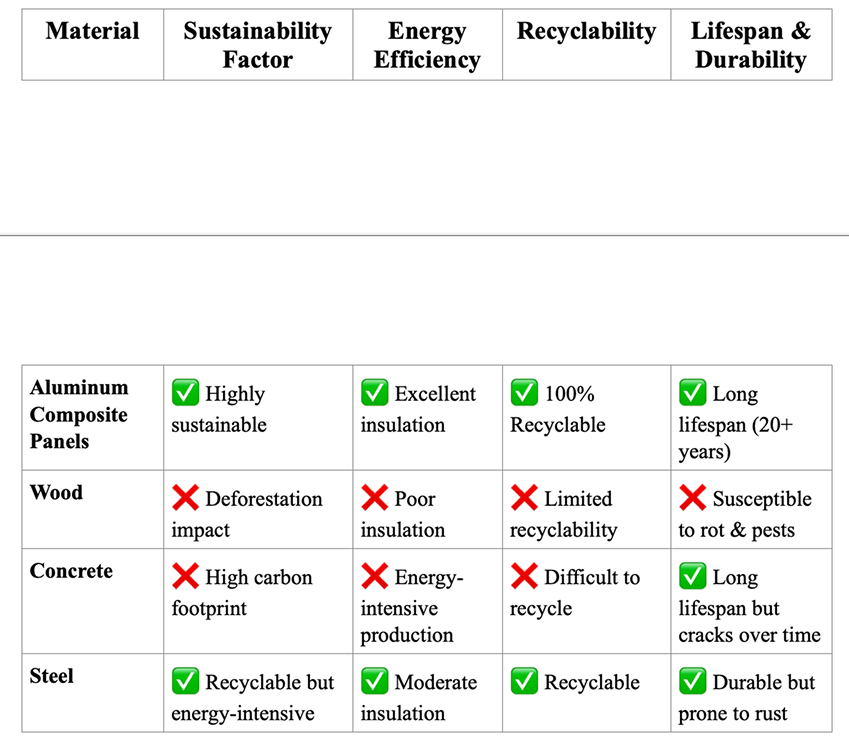
Why ACPs Are the Best Choice for Sustainable Construction
Compared to traditional materials, ACPs offer superior recyclability, energy efficiency, and durability, making them a top contender for green construction materials.
4. ACPs Support LEED & Green Building Certifications
Many modern building projects aim for LEED (Leadership in Energy and Environmental Design) certification or similar green building accreditations. Aluminum Composite Panels can contribute to these certifications by enhancing a building’s sustainable footprint.
How ACPs Help Earn LEED Points
- Energy Optimization: ACPs improve thermal efficiency, lowering energy usage.
- Material & Resources Credit: ACPs are recyclable and contain recycled content.
- Heat Island Reduction: Reflective ACPs minimize urban heat island effects.
- Waste Management: End-of-life ACPs are repurposed, reducing construction waste.
Using ACPs in sustainable building practices helps architects and developers achieve higher environmental standards while creating long-lasting, energy-efficient structures.
5. The Future of ACPs in Sustainable Architecture
As green building regulations tighten and architects seek smarter material solutions, Aluminum Composite Panels are evolving with next-gen eco-friendly technologies.
Future Innovations in ACP Sustainability
- Bio-based core materials to reduce reliance on fossil fuels
- Advanced coatings that further improve solar reflectivity
- Smart ACP panels that integrate self-cleaning and energy-harvesting features
The integration of ACPs into eco-friendly architecture is only expected to grow, solidifying their position as one of the most valuable materials in sustainable construction.
Conclusion: ACPs Are the Future of Sustainable Building
With their recyclability, energy efficiency, and environmental benefits, Aluminum Composite Panels are revolutionizing sustainable building materials. They offer a perfect blend of performance, durability, and eco-consciousness, making them an ideal choice for green construction materials.
For architects, developers, and builders committed to ACM sustainability, ACPs provide a smart, future-ready solution that aligns with global sustainability goals. Whether for high-performance facades or energy-efficient cladding, ACPs are leading the way toward a greener future.

